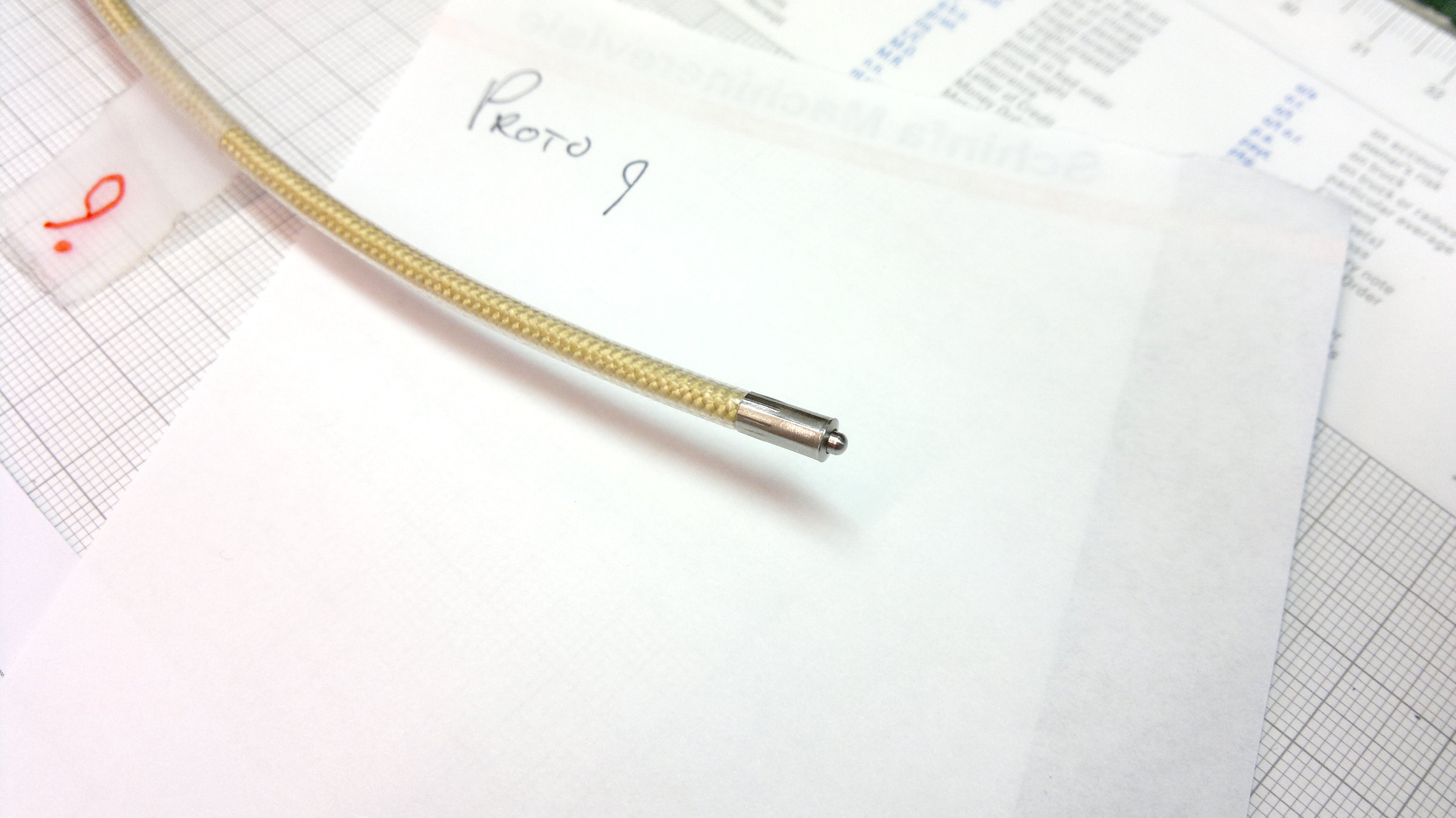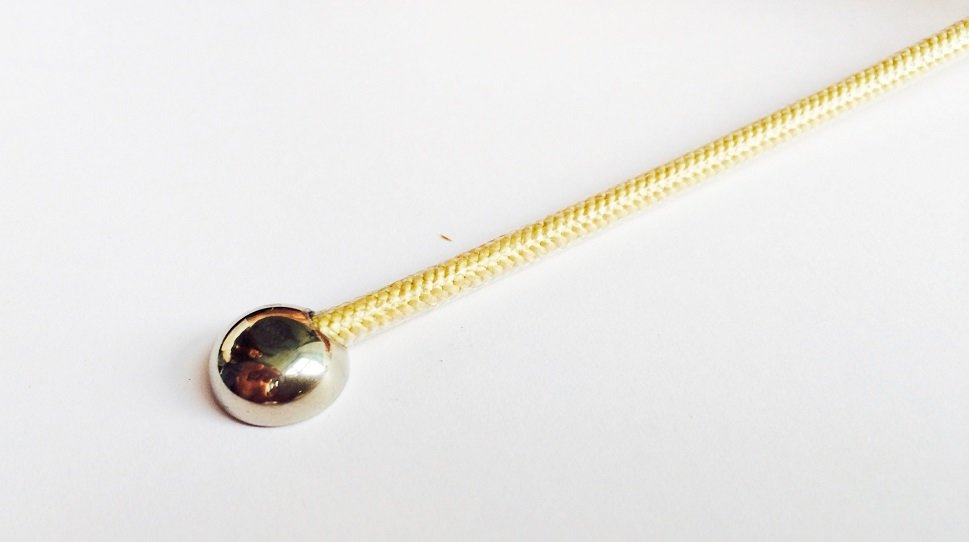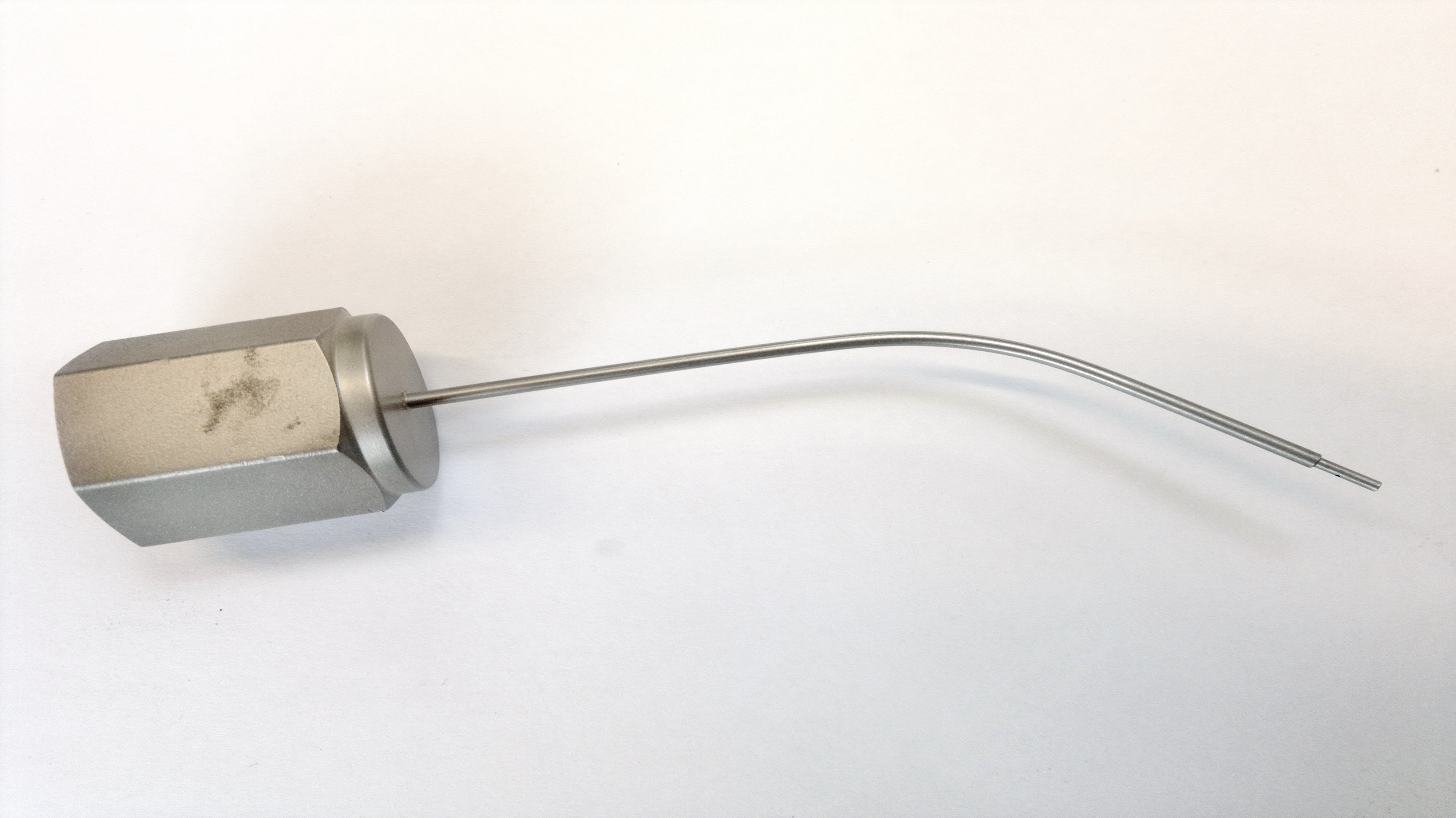‘Healing’ water jets for cartilage damage in joints
Researcher Steven den Dunnen has demonstrated that cartilage damage in joints can be treated using water jets from a kind of miniature shower head. This has major advantages, including greater flexibility compared with the usual method. Den Dunnen will be awarded his PhD at TU Delft on Wednesday 12 December.
No thermal damage
“Replacing orthopaedic instruments with a water jet instrument has advantages”, says doctoral candidate Steven den Dunnen, who worked together with physicians from Amsterdam UMC on his research project. “A water jet stays sharp, for instance, and it does not cause thermal damage to the bone tissue. And water jet technology can also be used to develop a flexible instrument that provides access to places that cannot be reached using a rigid instrument.”
Cartilage
“My aim was to create a flexible arthroscopic water jet instrument capable of drilling into bone tissue. The proposed application was bone marrow stimulation treatment, which is for patients who have suffered traumatic cartilage damage.” The treatment involves drilling 2-4 cm-deep holes into the bone. This causes bleeds, which help to heal both the cartilage and the bone, thus reducing the patient’s pain.
It is now clear that this treatment can also be carried out using water jets. “With the water jets it was particularly important to be able to control the drilling depth,” says Den Dunnen. “The main factor here is the inhomogeneity of bone tissue, which varies in density. This can cause the effect of the water jet to vary, producing different drilling depths. Once the bone density is known, however, the drilling depth can be accurately predicted. The settings of the water jet machine – water pressure, water jet diameter and drilling time – can be adjusted to compensate for variations in bone density.”
Spray
The main challenge when using this method is to measure the bone density, which requires specialised medical imaging equipment. “Another way of controlling the drilling depth is by using settings that are only just strong enough to enable the water jet to drill into bone. For example, we can use two water jets aligned so as to meet at a particular point, where they are strong enough to cut through bone. At the point where they meet the two water jets produce a spray, which is not strong enough to remove bone material, so we can control the drilling depth, as we have demonstrated in experiments.”
Safe
Den Dunnen stresses that there is still some work to do: for example, to examine whether water jet drilling is clinically safe. The ergonomics also need to be optimised, so that surgeons can control the instrument intuitively. “The good news is that further research has already been conducted, showing that the remaining challenges are surmountable. Anyway, my research has at least demonstrated that bone marrow stimulation treatment can be carried out using water jet technology.”
Den Dunnen’s research can serve as a step towards the use of water jet technology for other types of treatment, such as implant revision, cartilage and tendon surgery, and predrilling holes in bone for screw fixings. The proposed ways of controlling drilling depth could also be useful in dentistry (drilling, plaque removal), mining (drilling down to specific depths), the food industry (slicing, stuffing with herbs and spices) and rescue missions (clearing rubble).
Also read the Delta artikel ‘How water jets may heal your knees’



